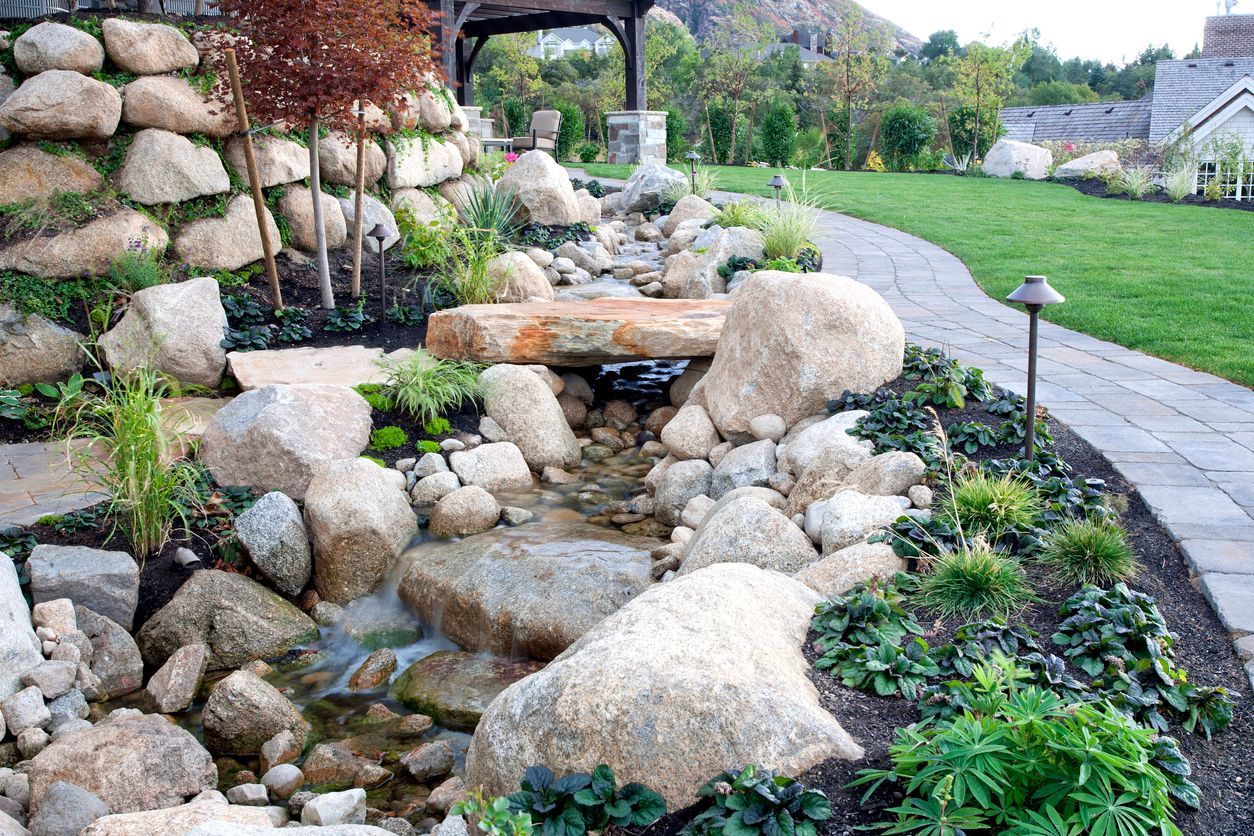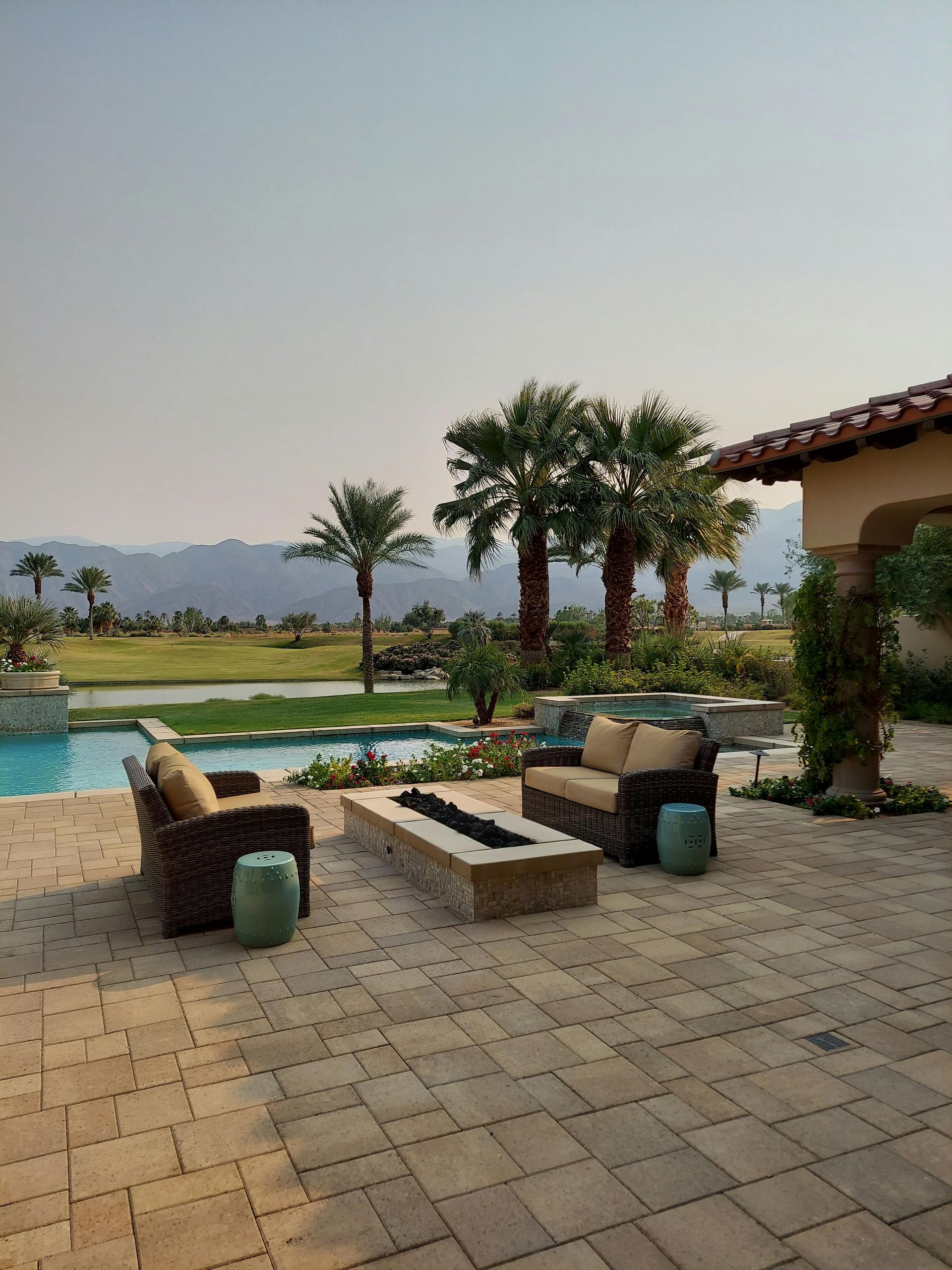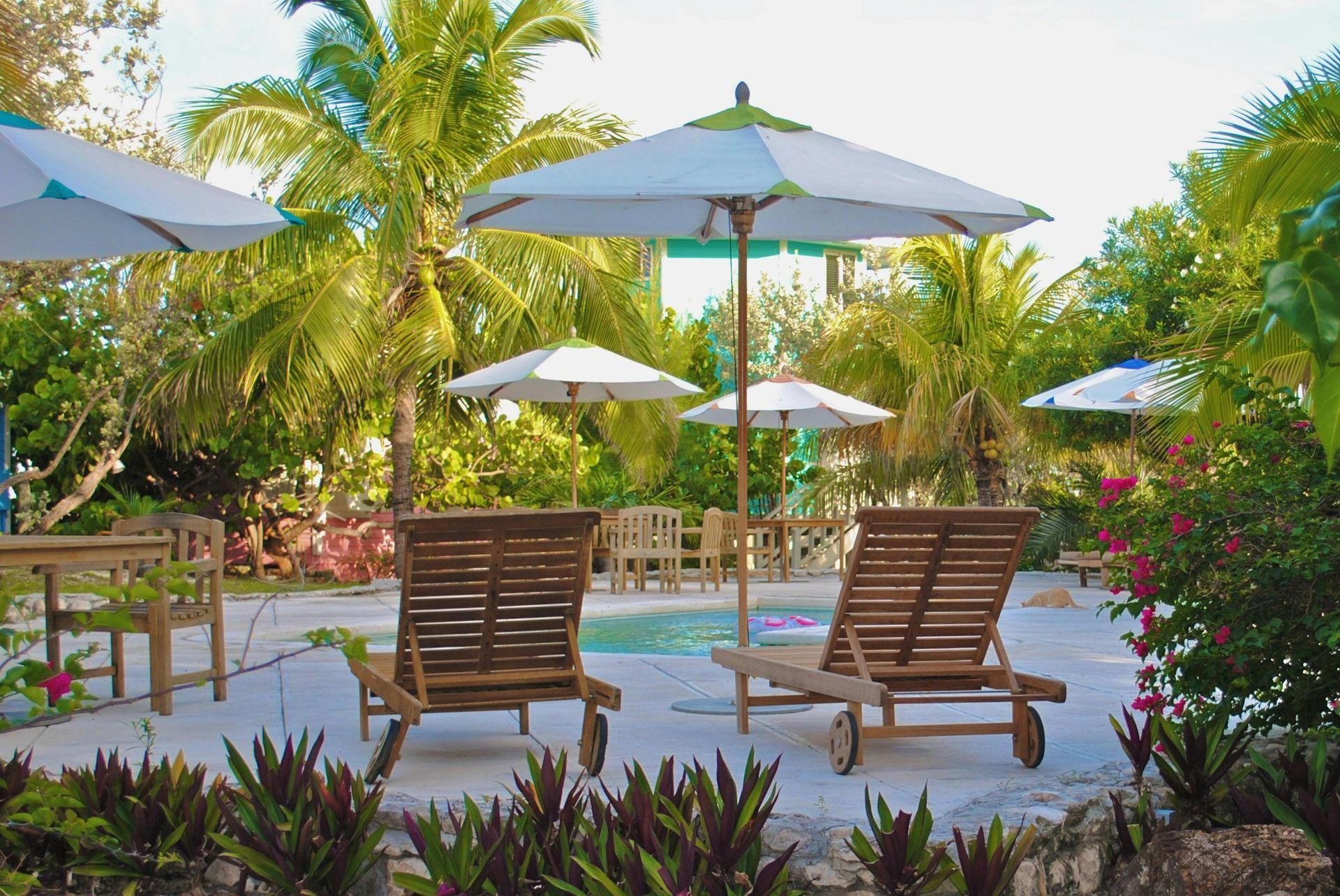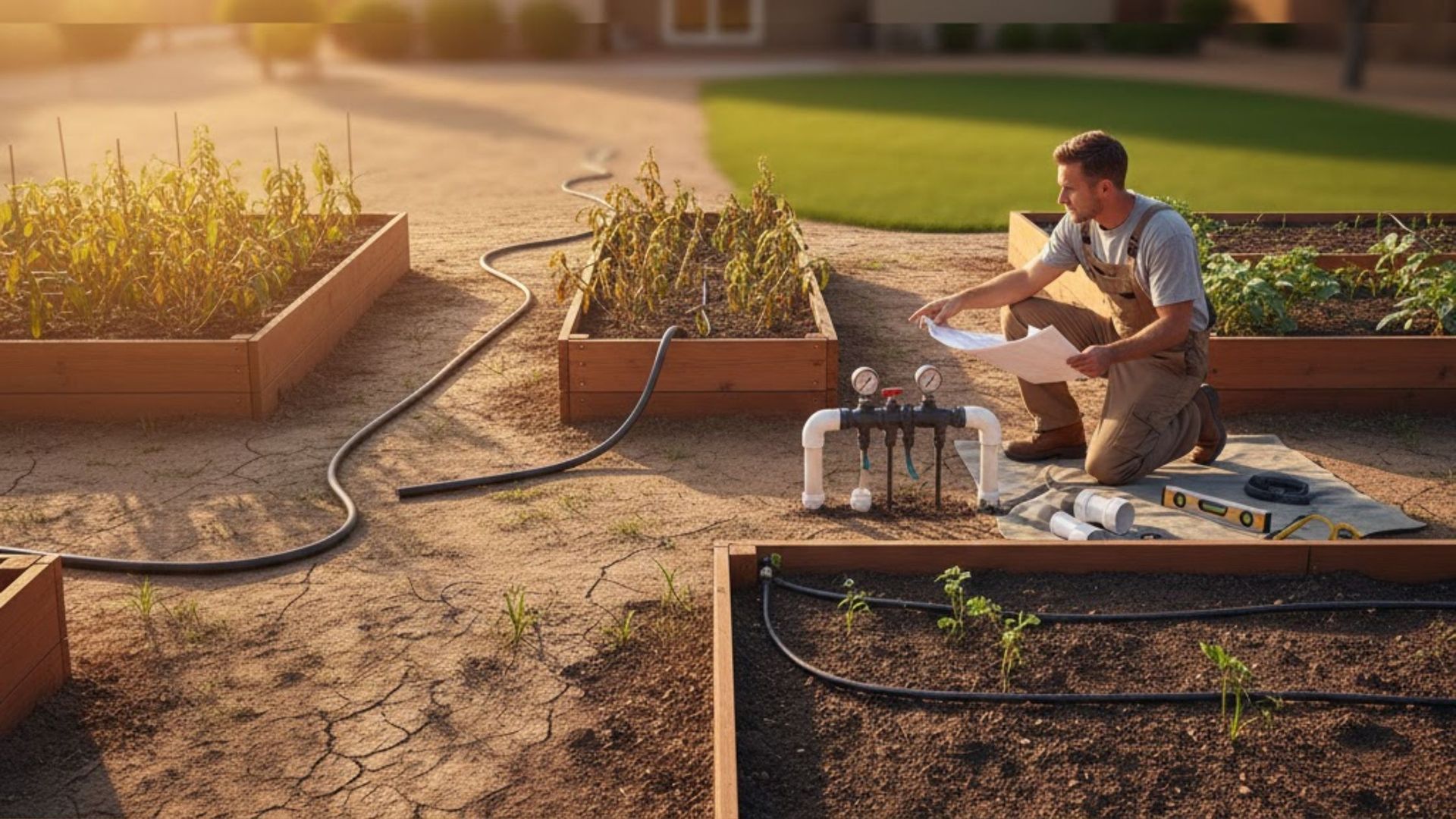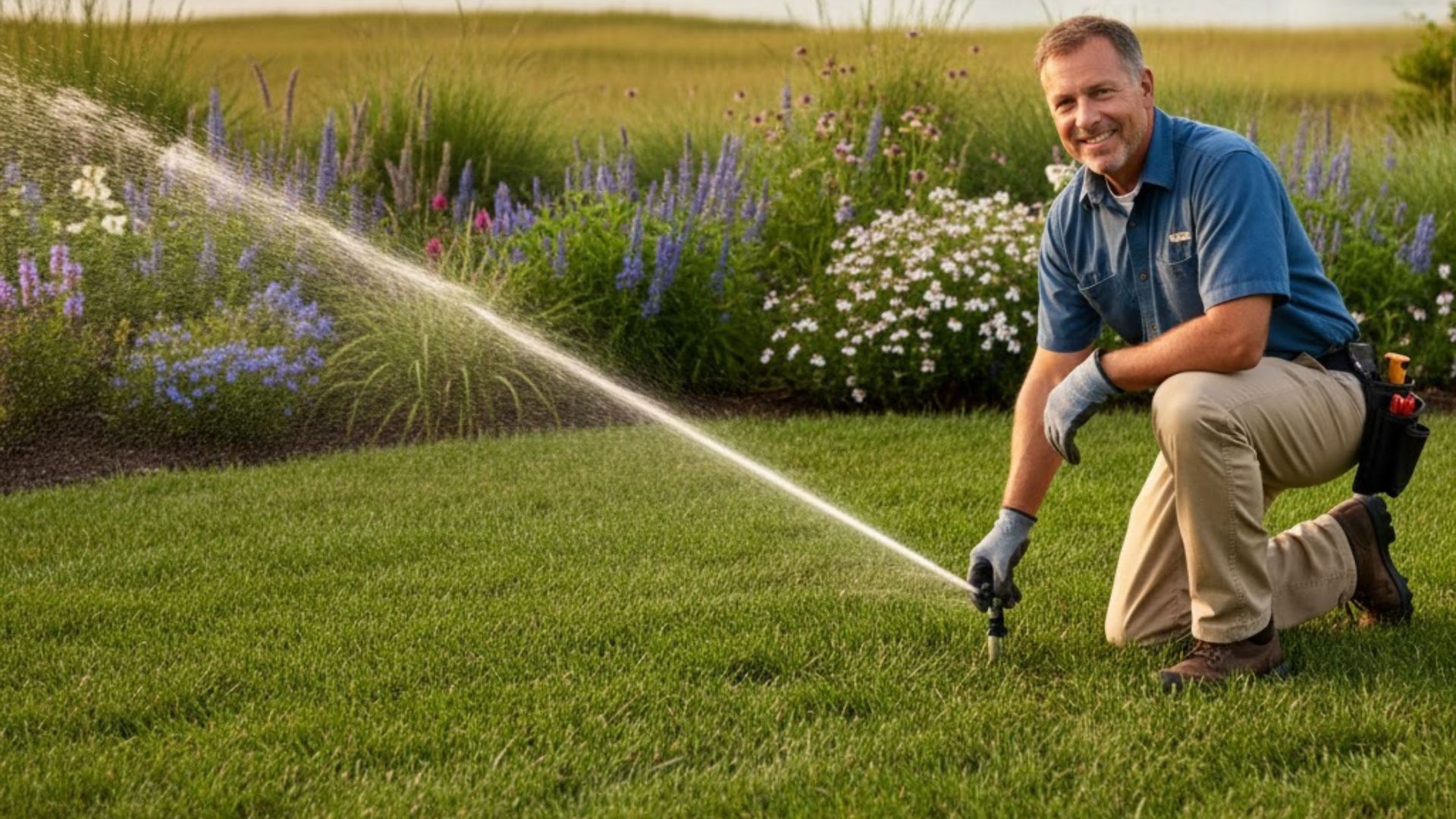French Drain, Catch Basin, or Downspout Drain: Which Is Best for My Custom System?
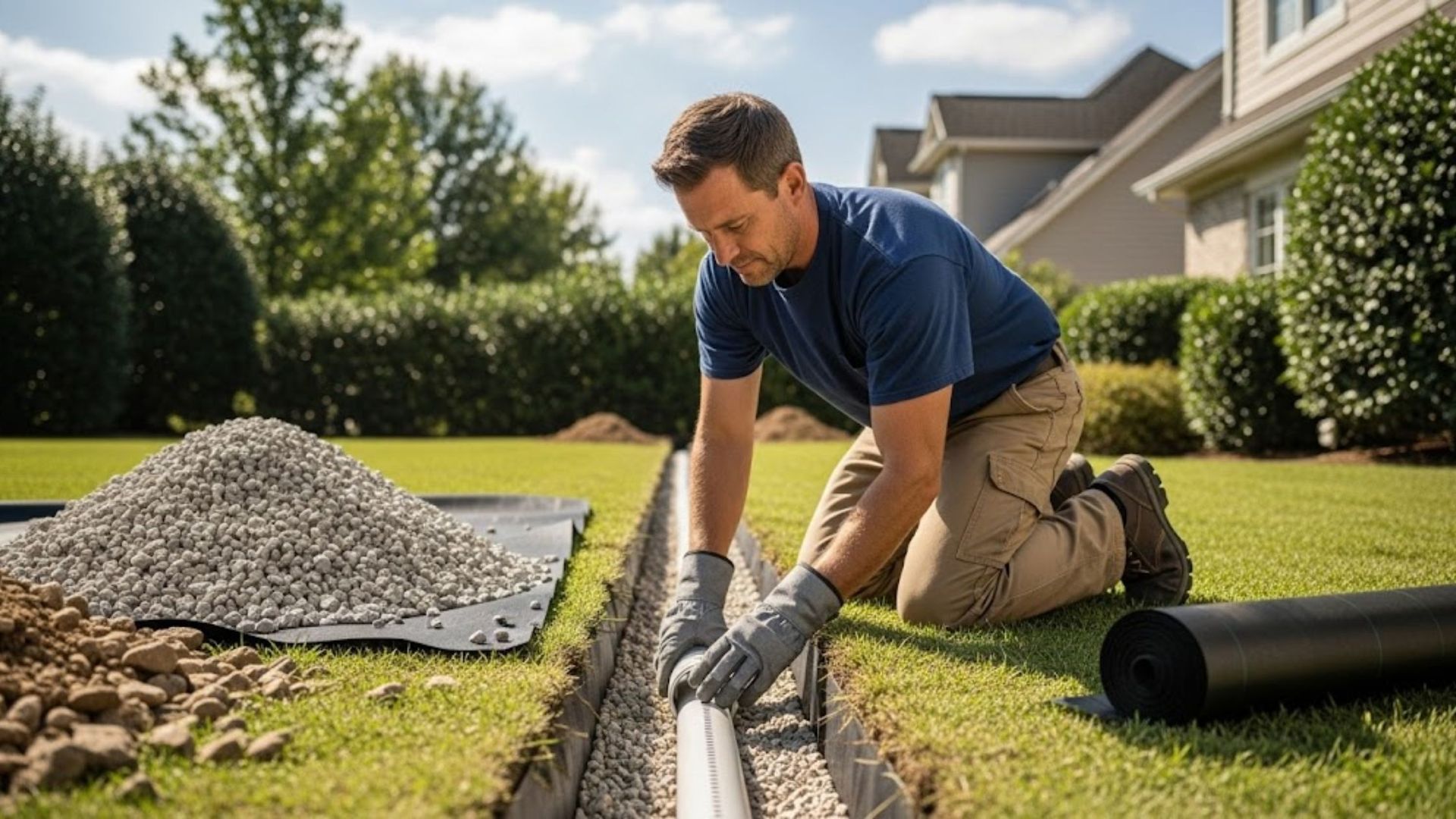
Custom Drainage Systems form the backbone of effective water management on residential and commercial properties, ensuring run-off is channeled safely away from foundations, landscaping, and hardscapes. Selecting the right combination—whether that’s a French drain, a catch basin, or a downspout extension—depends on soil conditions, surface slope, roof runoff volume, and desired maintenance levels. In many cases, these drainage options work best in concert, forming part of an integrated approach that prevents water from pooling and threatening structural integrity. By understanding each system’s strengths and limitations, homeowners can design a tailored approach that addresses both immediate and long-term water challenges.
Custom Drainage Systems: What Is a French Drain?
Custom Drainage Systems often rely on French drains to intercept groundwater over broad areas, making them ideal for yards with a high water table or persistent sogginess. A French drain consists of a sloped trench lined with filter fabric, filled with gravel, and housing a perforated pipe that collects subsurface moisture and conveys it to an appropriate outlet. This system excels at lowering groundwater levels and preventing water from seeping into basements or saturating soil around foundations. Installation typically involves a gentle grade to encourage gravity-fed flow toward storm sewers, dry wells, or daylight outlets.
Custom Drainage Systems: The Role of Catch Basins
Custom Drainage Systems incorporate catch basins when rapid collection of surface water is required, especially in low-lying spots or along paved areas. A catch basin is a surface-level box with a grated top that captures runoff from roofs, driveways, and patios, allowing water to enter a sediment-trapping chamber before it flows into the outlet pipe. By settling debris at the bottom, catch basins protect downstream piping from clogs and reduce maintenance frequency. These units shine in flatter zones where French drains may struggle to intercept fast-moving water, making them a critical component of a comprehensive design.
In the event of heavy storms, pairing a catch basin with a French drain can offer redundancy, handling both concentrated surface flows and diffuse groundwater infiltration. Strategic placement near downspouts or natural collection points ensures maximum effectiveness.
Custom Drainage Systems: Benefits of Downspout Drains
Custom Drainage Systems often include downspout drains to manage roof runoff, preventing water from eroding soil around a home’s foundation. Downspout drains connect directly to gutters, extending pipe laterally and discharging collected rainwater several feet away from the structure. This simple yet cost-effective solution reduces splash erosion, preserves mulch beds, and cuts down on basement moisture issues. When integrated with French drains or catch basins, downspout drains channel roof water into subsurface systems, optimizing the entire network’s efficiency.
Using rigid or flexible extensions, homeowners can adapt routes around patios, flower beds, or lawns. Proper sloping of the extension ensures gravity-driven flow, reducing the risk of downstream backup.
Types of Drainage Systems Compared
Types of drainage systems vary widely, from surface solutions like channel drains and catch basins to subsurface networks such as French drains and perforated tile lines. Surface drains excel at rapid removal of stormwater where water pools on hardscapes, while subsurface drains work invisibly to lower groundwater tables. Other specialized options include swale drains, bioswales, and trench drains, each tailored to distinct site conditions and aesthetic preferences. Understanding the comparative advantages of these options helps in designing a balanced, cost-effective, and sustainable water management strategy.
Residential Drainage Options and Considerations
Residential drainage options encompass simple gutter extensions, channel drains, pop-up emitter systems, and fully engineered custom solutions. Factors such as property grade, soil composition, existing landscape elements, and local building codes dictate which solutions are most appropriate. For example, clay soils with poor infiltration rates benefit from subsurface systems, while sandy soils may handle direct discharge with minimal installation complexity. Homeowners should also consider maintenance demands, potential clogging issues, and the visual impact on their landscaping when choosing among residential drainage options.
Choosing the Right Drain for Your Property
Choosing the right drain requires a site-specific assessment: map high-water areas, observe pool zones after rainfall, and inspect basement or crawlspace moisture levels. Combine infiltration testing with grading analysis to determine whether a shallow French drain or a deeper, more robust catch basin network is warranted. Where space constraints limit trenching, downspout drains or pop-up emitters may offer compact alternatives. Ultimately, a hybrid approach—leveraging the strengths of each system—yields the best protection against both surface and subsurface water threats.
When discussing choices with an installer, reference the Process for Designing a Custom Drainage System to ensure your project follows best practices for flow calculations, material selection, and long-term access.
Planning a Custom Drainage System
Effective planning for a custom system begins with a thorough site survey: identify water entry points, note property elevations, and locate critical structures like foundations or patios. GIS mapping and soil probes refine this data, resulting in a drainage plan tailored to unique site dynamics. Material choices—whether corrugated PVC pipe, high-density polyethylene, or stainless-steel channel drains—influence durability and budget. Consulting with landscape architects and drainage engineers during this phase enhances both performance and aesthetic integration.
Installation Best Practices
Proper installation safeguards system longevity. Trenches for French drains should maintain a consistent 1%–2% gradient, while catch basin inlets must sit flush with surrounding surfaces to avoid trip hazards. Filter fabric around perforated pipes prevents soil intrusion, and gravel pack depths should meet manufacturer recommendations. For downspout extensions, grade adjustments must be subtle to prevent pooling at joints. Finally, backfill compaction and surface restoration are crucial to prevent settlement and erosion over time.
Material Selection and Longevity
Material selection directly impacts performance and lifespan. Corrugated pipes are cost-effective but less durable than smooth-wall alternatives. Stainless steel channel drains resist corrosion and withstand heavy loads on driveways or commercial entries. High-density polyethylene (HDPE) offers chemical resistance, making it ideal for industrial settings. UV-stabilized materials resist sunlight-related degradation in exposed applications. Investing in premium components reduces maintenance cycles and extends service life beyond 20–30 years.
In a separate project, a multisystem design used HDPE trench drains paired with French drains to manage both surface runoff and groundwater on a commercial lot, demonstrating the value of combining technologies.
Maintenance and Service Intervals
Maintenance is key to sustaining drainage performance. Catch basins require sediment removal every 6–12 months, preventing debris buildup that blocks outlet pipes. French drains benefit from periodic rock and fabric inspection to confirm gravel integrity. Downspout drains and pop-up emitters should be check-flushed annually to dislodge debris. Routine visual checks after major storms uncover early signs of silting or displacement, reducing long-term repair costs.
For step-by-step guidance, homeowners can refer to Wet Basements and Soggy Yards to recognize warning signs and implement timely maintenance.
Cost Considerations and Budgeting
Budgeting for a custom drainage system involves direct installation costs—excavation, materials, labor—and indirect expenses like landscape restoration and permit fees. French drains typically range from $20 to $40 per linear foot, while catch basins cost between $150 and $300 each, depending on size and material. Downspout extensions are the most affordable at $5–$15 per linear foot. Considering lifecycle costs and potential property damage, investing in quality components often yields greater value than opting for the cheapest upfront solutions.
Why Combining Solutions Improves Performance
Integrating multiple drainage methods leverages the strengths of each to address diverse water challenges. For example, French drains excel at controlling diffuse groundwater, while catch basins handle high-volume surface runoff. Downspout drains prevent roof water from overwhelming systems near foundations. Together, they form a tiered defense that protects against flooding, erosion, and moisture infiltration. Real-world case studies show that hybrid systems reduce basement leaks by over 90%, compared to standalone installations.
Common Mistakes to Avoid
Homeowners and contractors should avoid shallow trenching that fails to intercept the water table, under-sizing catch basins, and neglecting filter fabric installation. Incorrect pipe slope can lead to standing water and sediment buildup. Overlooking permit requirements can result in costly fines or mandated system adjustments. By adhering to engineering guidelines and local regulations, projects stay on track and deliver predictable outcomes.
Evaluating Contractor Qualifications and Reviews
Selecting a qualified installer ensures that design and build meet professional standards. Look for certifications from irrigation and landscape associations, verify insurance coverage, and review portfolios of similar projects. Reading Reviews provides insights into an installer’s reliability, craftsmanship, and customer service, helping homeowners make informed decisions and avoid common pitfalls.
When to Contact a Professional
Complex topography, limited access, or recurring water issues often warrant expert intervention. Licensed landscape engineers and irrigation specialists can provide soil analysis, hydraulic calculations, and customized detail drawings. To explore your options or schedule an on-site assessment, feel free to Contact us through our dedicated support channels and arrange a consultation with seasoned professionals.
Conclusion: Choosing the Best Custom Drainage Systems
Selecting between a French drain, catch basin, or downspout drain—or combining all three—depends on site-specific conditions, performance goals, and maintenance preferences. Custom Drainage Systems tailored to these factors ensure long-term protection against water intrusion and landscape erosion. By leveraging professional planning, premium materials, and strategic integration, property owners achieve both functionality and peace of mind. For expert design, installation, and ongoing support, turn to Hampton Roads Irrigation & Landscape, where precision water management meets unparalleled customer care.
FAQs
1. What is the difference between a French drain, catch basin, and downspout drain?
A French drain intercepts and conveys groundwater through a perforated pipe in a gravel trench. A catch basin captures surface water at inlets, settling debris before routing water through outlet pipes. Downspout drains connect gutter systems to lateral pipes, directing roof runoff away from foundations.
2. When is a French drain the best choice?
French drains are most effective in areas with high groundwater tables, soggy lawns, or persistent soil saturation near foundations. They work slowly but reliably, lowering water tables over broad areas.
3. How do catch basins differ from downspout drains?
Catch basins manage large volumes of surface runoff from patios, driveways, and low spots. Downspout drains specifically handle roof water, extending the flow path of gutter runoff to safe discharge points.
4. Can these drainage systems be combined?
Yes. A hybrid approach leverages French drains for subsurface moisture control, catch basins for rapid surface water capture, and downspout drains for roof runoff management, providing comprehensive protection.
5. What maintenance do these systems require?
Catch basins need debris removal every 6–12 months. French drains benefit from occasional rock-pack inspection. Downspout drains should be flushed annually. Regular storm-damage checks help ensure continued performance.

